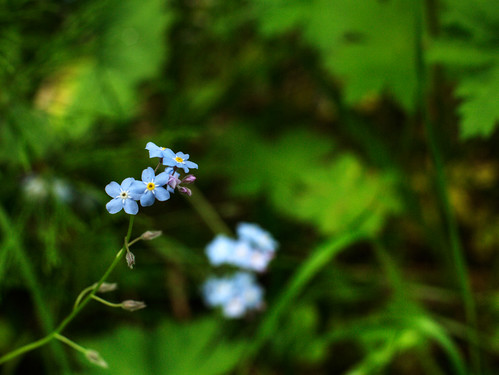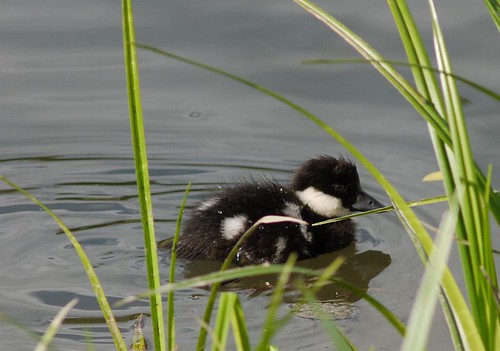Hi Rafa - Tim - Rich.
Having been sniffy about HDR, and also having worked with 4/3 files ever since the E1, I have evolved 2 strategies for filling the shadows without actually creating that nasty false light feeling.
The best way is really simple - process the RAW file twice, once with the correct exposure for the sky, and once for the foreground . . . assuming that the exposure will allow it. Then you'll have one file with a completely blown sky - select that, invert the selection and paste it onto the other file as a new layer - obviously it'll need tidying. However, this doesn't give that nasty 'false light' feeling. I've yet to find a program or action that does this well - every shot is different and needs different treatment.
If the exposure varies too much for that, simply take two shots (or use bracketing), one exposed for the sky, the other for the foreground, and layer them again.
These days, I do most of that kind of stuff in Viveza, which works really well.
I think that if you want to get the E-P1 to work for you, then you're going to need to use different strategies to get it to work. Maybe it isn't worth the candle? but I think it probably is.
I've gone through too many cameras, and they always need different tricks to get the best from them





